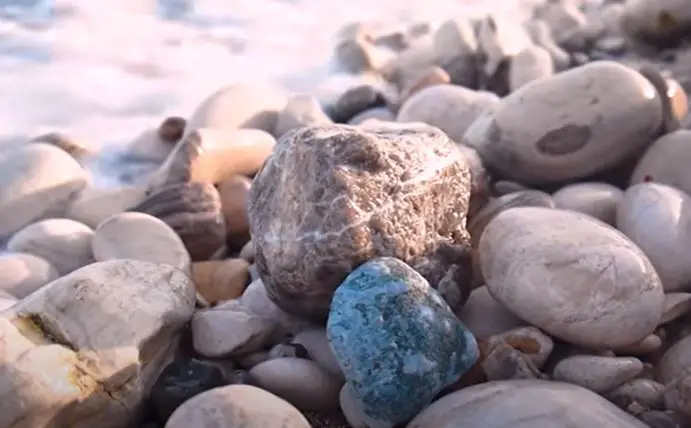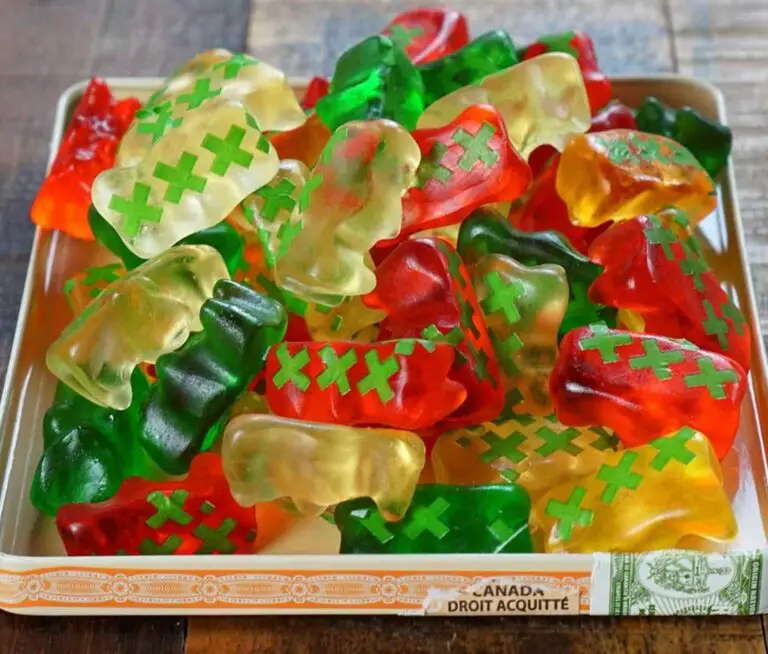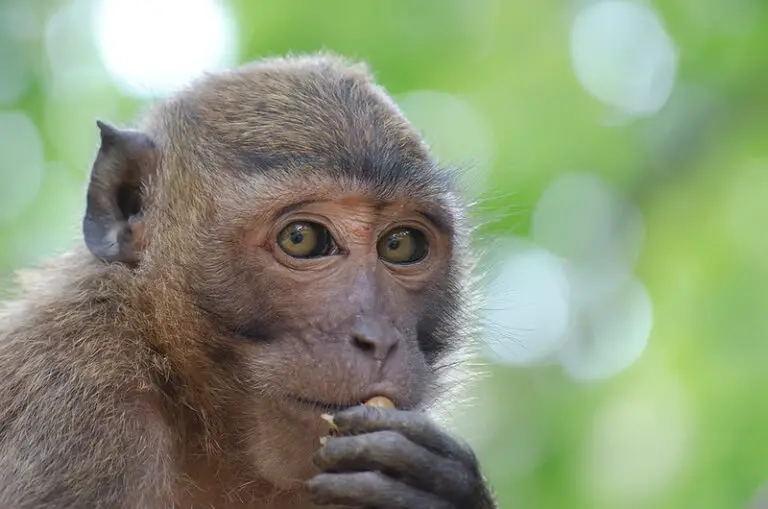The Most Beautiful Beach Shells In The Dominican Republic
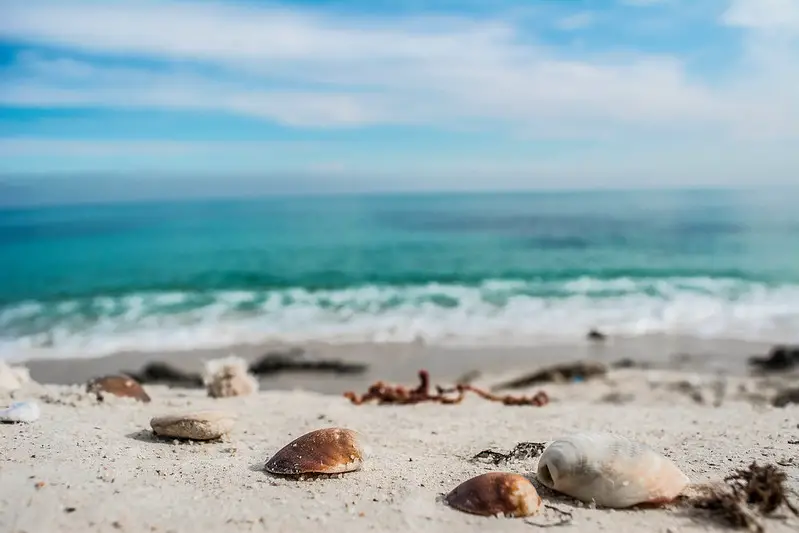
Previously, I had written a topic where I explained why you should not collect beach shells in the Dominican Republic, the truth is a very subjective topic, but there are people who think it is a good idea to collect shells on the beach, some only do it because the shells found are really beautiful pieces of nature with striking shapes and attractive colors.
Recently I was contacted by a person through the website who visited a beach in the Dominican Republic and sent me a picture of a beautiful shell she found and this person was trying to identify what kind of shell it was, which gave me the idea to write this topic.
In the Dominican Republic, there are many species of seashells on the beaches, of different sizes and colors, the bigger they are, the more eye-catching they are.
My father once gave me a huge shell, it was white, I also remember that there was a belief that if you put the seashell close to your ear, you could hear through its cavities the sea from where it was taken, so all the time I had the shell in my ear and I imagined the sea, so strong was my imagination that I could say that I could hear it.
Without further ado, these are some of the most common seashells species found on the beaches of the Dominican Republic:
Contents
Lambí (Queen’s Snail)
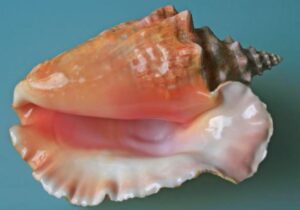
The queen conch is a large mollusk, has a spiral shell in pink and pointed, also has touches of bright orange colors both inside and outside, I think this was the shell that my dad gave me.
It is quite large, reaching dimensions that can exceed 30 centimeters long, it can also be quite heavy as if it were a stone, the lambí shell may appear to have a rough texture because of its pointed shape and protruding forms, but in reality, its surface is very soft and smooth.
Liria de Vega (Luria vegai)
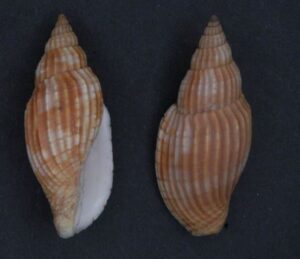
This is another of the most common shells found on beaches, it is not very large, the shell is small to medium size, solid, robust to elongated-fusiform.
Its texture is smooth and a little wavy, pointed and conical at both ends, the colors can be spotted but generally in white and cream tones.
Bulgao (Cittarium pica)
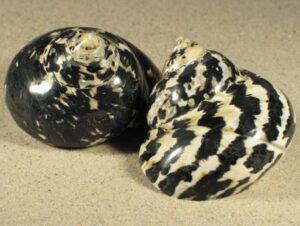
The bulgao is a large mollusk, highly valued in the Caribbean for its beautiful shell, actually, despite being one of the most popular shells in the Dominican Republic, it is almost impossible to find one of these on the beach, in fact, this mollusk is endangered and in some localities, it has become extinct due to overfishing and predation.
Apart from the fact that its shell is very valuable, people also attribute aphrodisiac properties to eating the mollusk.
Diente Sangrante (Nerita peloronta)
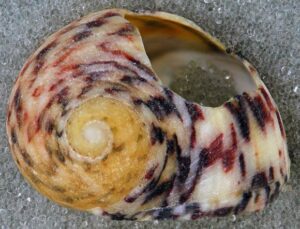
The name of this shell is due to the fact that it has projections that resemble reddish teeth around the base on the inner wall of the opening, it is a very popular mollusk on the beaches of the Caribbean and common in the Dominican Republic.
The shell of this species is large compared to many other Nerite species, reaching lengths of 2 inches, the shell is thick and short-spiraled.
Its surface may have slightly raised spiral ridges, the dark red operculum is granular on its inner side, the color of the shell is yellow, reddish, or creamy, with darker stripes or zigzags.
Can you find seashells on the beaches of the Dominican Republic?
Of course yes, the amount of shells found in the sand is immense, there is a great variety of seashells on the Dominican beaches, so much diversity that I would not have space in this topic to specify all the species.
Whenever I go to the beaches in the Dominican Republic, I find shells in the sand, some very small, sometimes I only find fragments, I have never found a very big shell in a natural way, the big shells are sold or exhibited in stores around.

